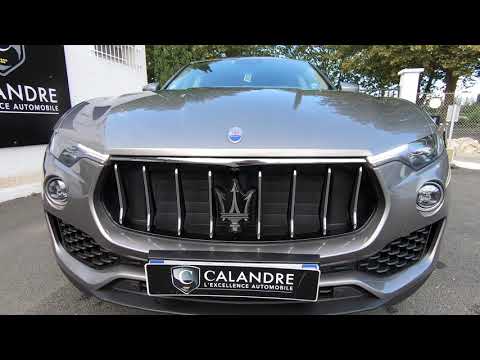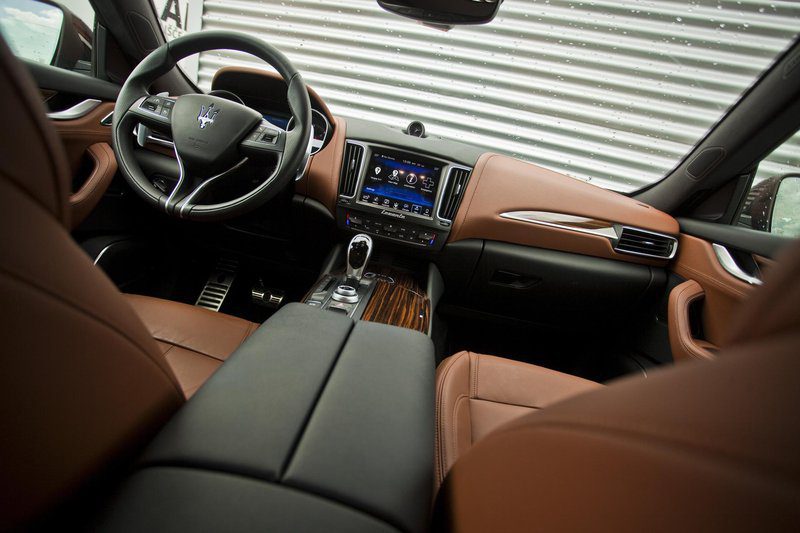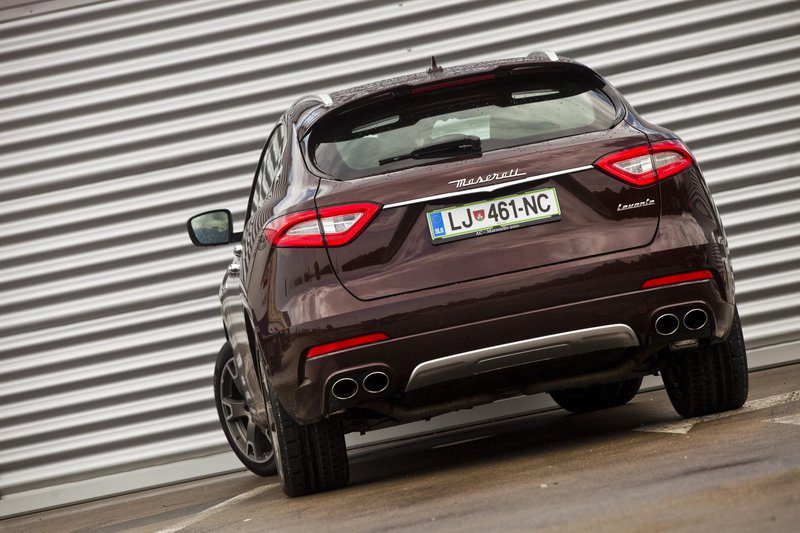
In short: Maserati Levante 3.0 V6 275 Diesel
It is more than clear that all, or at least most of the important brands have succumbed to crossbreeding. Even the most sporty ones, those that only made sports cars or even supercars. A similar thing happened once with diesel engines. We got used to them first in the Golf, and then in larger cars, until the brands offered them in sports versions. And at first there was a lot of stench and resentment, but the enormous torque, large fuel tank and acceptable consumption convinced even the biggest infidel tomahawks.
And then the "SUV effect" happened. Small, medium or large. It just doesn't matter at the moment, just a cross.
Which, of course, again means that everyone will have it, and so the last Mohicans fell. One of the latest in the lineup is also Maserati.
The Italians have been playing with the idea of a large and prestigious crossover over the past decade, but in all honesty, the Kubang research really doesn't deserve mass production. As the years passed, the automotive world changed, and, consequently, the study of Cubang.
To the extent that in the final image it was sufficiently similar to a limousine or the identity of the car was no longer in doubt.
With a car with a pedigree like Maserati, you simply cannot afford to be wrong. At least not the biggest ones. Therefore, the guiding principle of the Italian designers was to create a large, spacious and powerful car, which should also impress with its handling.

Some things worked more, others a little less. The Levante is big, but significantly less spacious than you might expect (at least inside or in the front seats). We do not dispute the performance, but with processing, of course, everything is different. If a driver decides to drive a Maserati, he will be disappointed. If he realizes that he is driving more than a two-ton SUV, the disappointment will be less. We miss more comfort, more refined elegance. The Levante takes a long time in a given direction, even if the driver is exaggerating, but a loud chassis with a rather sporty suspension can bother many. Especially since there are much cheaper competitors that do the job much better. Or more elegant.
But at any rate, we cannot blame Levante for the shape. Anyone who loves the brand will be so impressed with the front end of the car that they will definitely not notice the remaining problems and shortcomings. The Maserati is also recognizable from the Levante, and the rear is very reminiscent of the smallest Ghibli, which was actually the inspiration for the Levante.
The interior is refined, but in Italian style, so, of course, not everyone will like it. Again, whoever it is will feel phenomenal in the car. It will get rid of some memories of other Fiat models, some under-featured features and a loud engine.
Yes, the Levante is available with a loud and pleasant petrol engine, as well as a diesel that is also loud but uncomfortable. In such a prestigious car, the engine should be better soundproofed if its performance is no longer on par with today's six-cylinder diesel engines. On the other hand, 275 “horses” are fast enough to take a five-meter and 2,2-ton SUV out of the city at speeds up to 100 kilometers per hour in less than seven seconds. Even top speed is intimidating. There are few such large, heavy and fast prestigious hybrids. But let it be known at least here that the Levante is a Maserati!

text: Sebastian Plevnyak
photo: Sasha Kapetanovich
Maserati Levante 3.0 V6 275 Diesel
Basic data
| Base model price: | 86.900 € |
|---|---|
| Test model cost: | 108.500 € |
Cost (up to 100.000 km or five years)
Technical information
| engine: | V6 - 4-stroke - turbodiesel - displacement 2.987 cm3 - maximum power 202 kW (275 hp) at 4.000 rpm - maximum torque 600 Nm at 2.000–2.600 rpm. |
|---|---|
| Energy transfer: | the engine drives all four wheels - an 8-speed automatic transmission. |
| Capacity: | 230 km/h top speed - 0-100 km/h acceleration 6,9 km/h - Combined average fuel consumption (ECE) 7,2 l/100 km, CO2 emissions 189 g/km. |
| Transportation and suspension: | the engine drives all four wheels - an 8-speed automatic transmission. |
| Mass: | length 5.003 mm - width 1.968 mm - height 1.679 mm - wheelbase 3.004 mm - trunk 580 l - fuel tank 80 l. |

